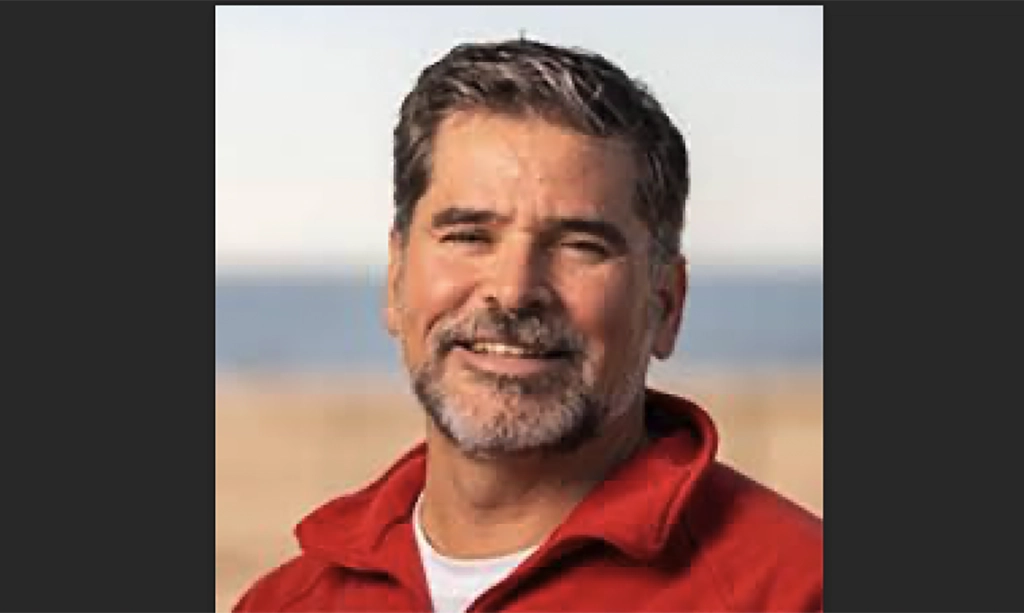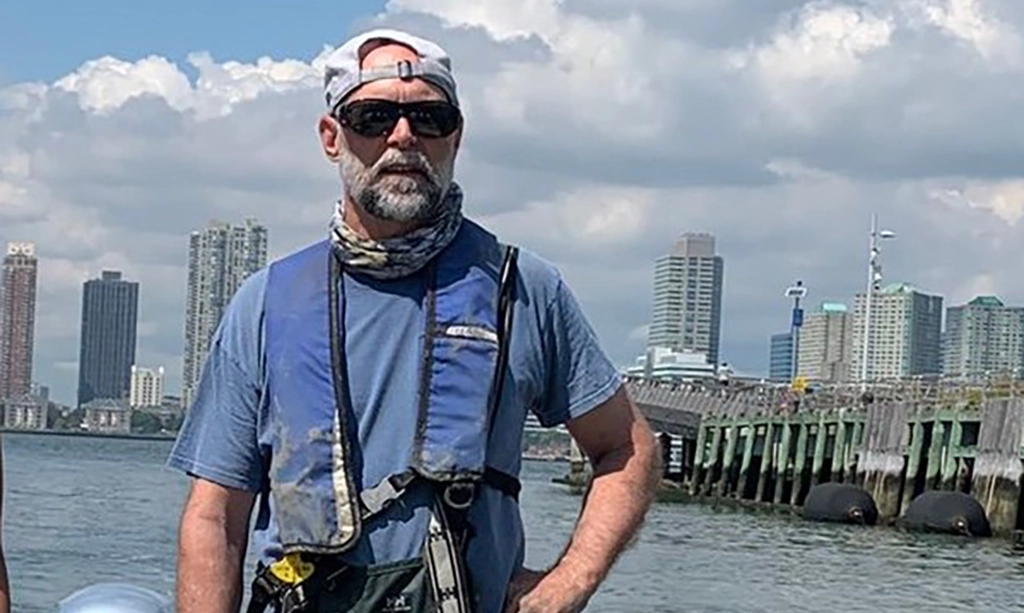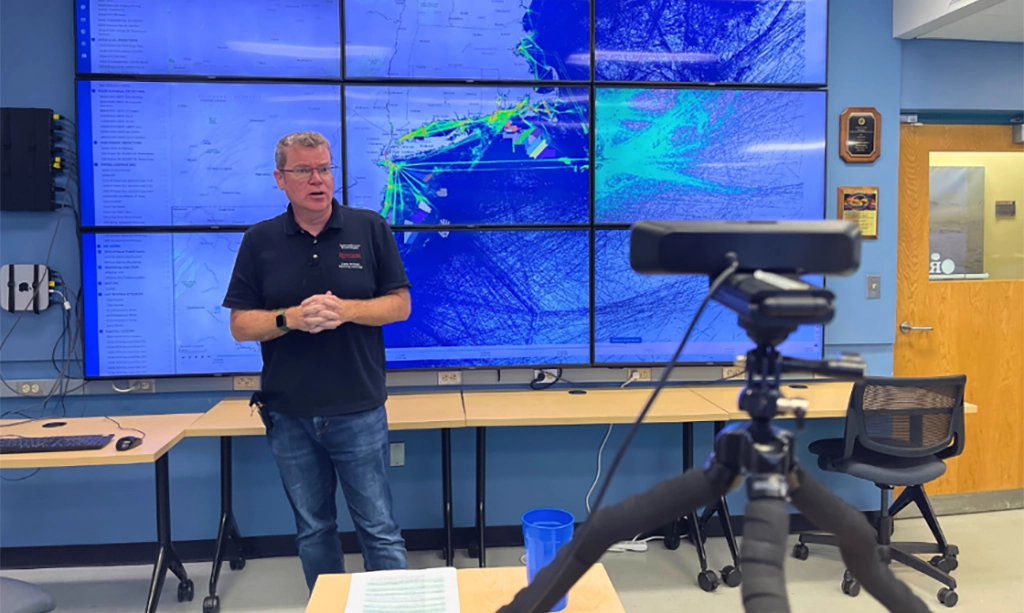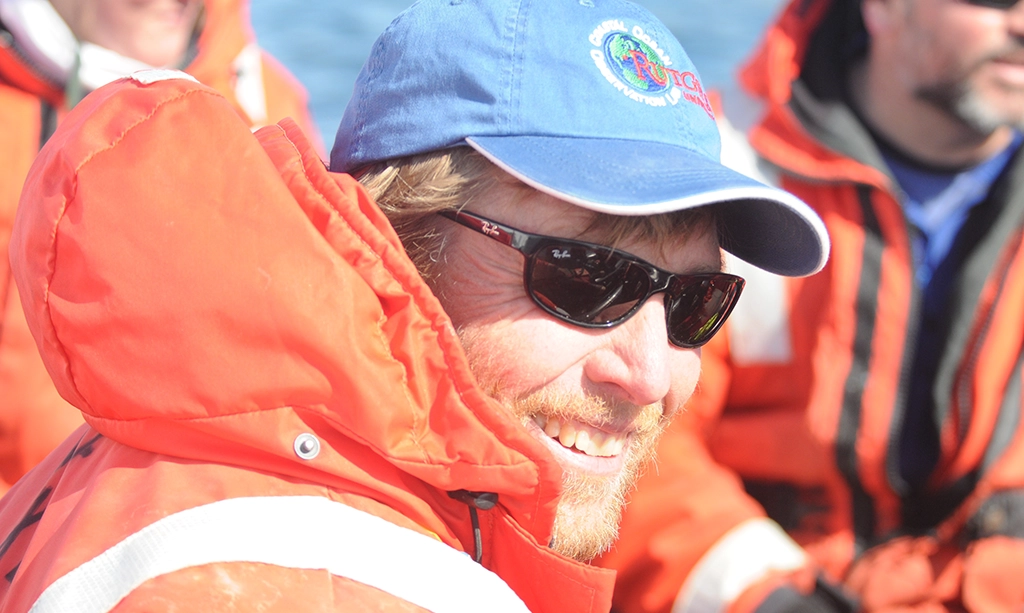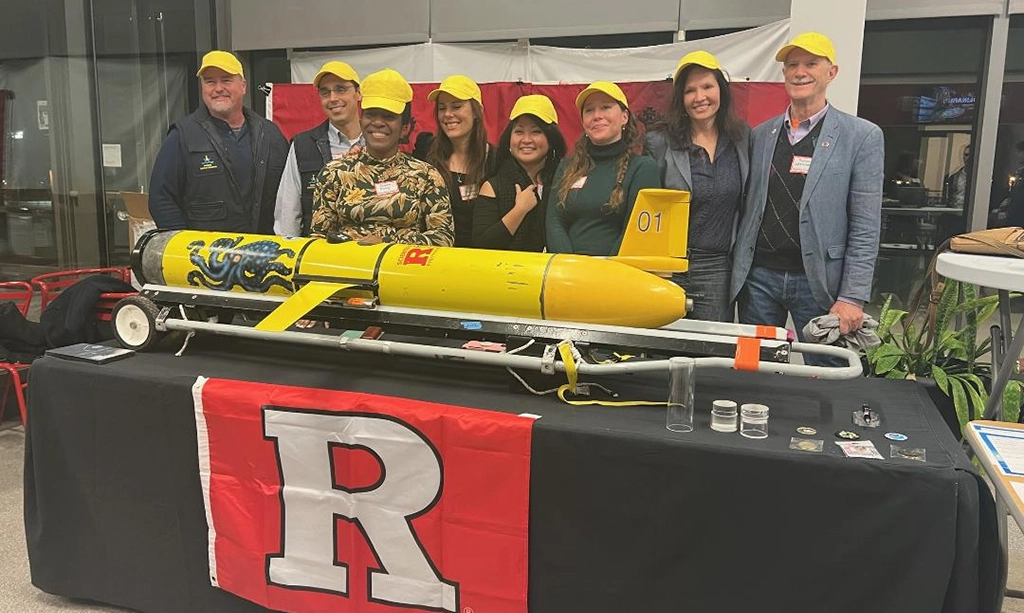A joint team—Fiorella Prada, Grace Saba, Chip Haldeman, and Kayla Cayemitte from Rutgers University–New Brunswick (USA) and Tali Mass and Dar Golomb from The Leon H. Charney School of Marine Sciences, University of Haifa (Israel)—is investigating coral reefs along Costa Rica’s North Pacific coast
A joint team—Fiorella Prada, Grace Saba, Chip Haldeman, and Kayla Cayemitte from Rutgers University–New Brunswick (USA) and Tali Mass and Dar Golomb from The Leon H. Charney School of Marine…



